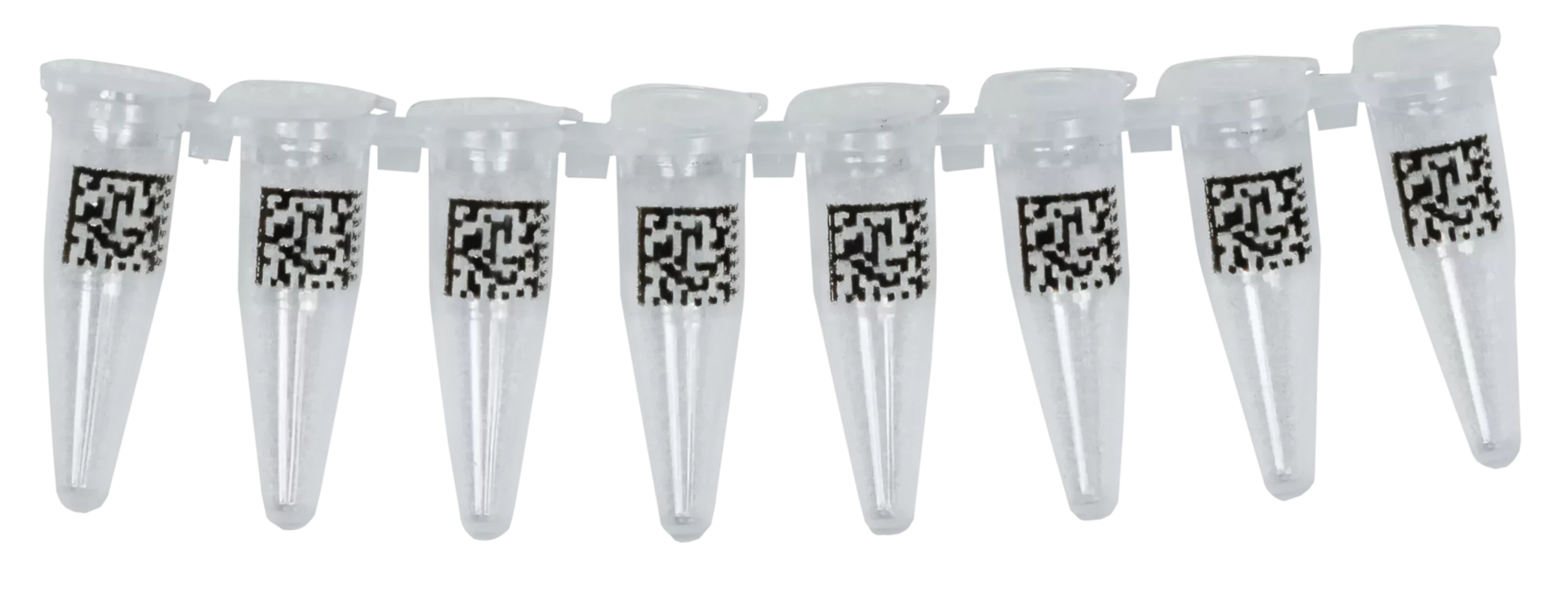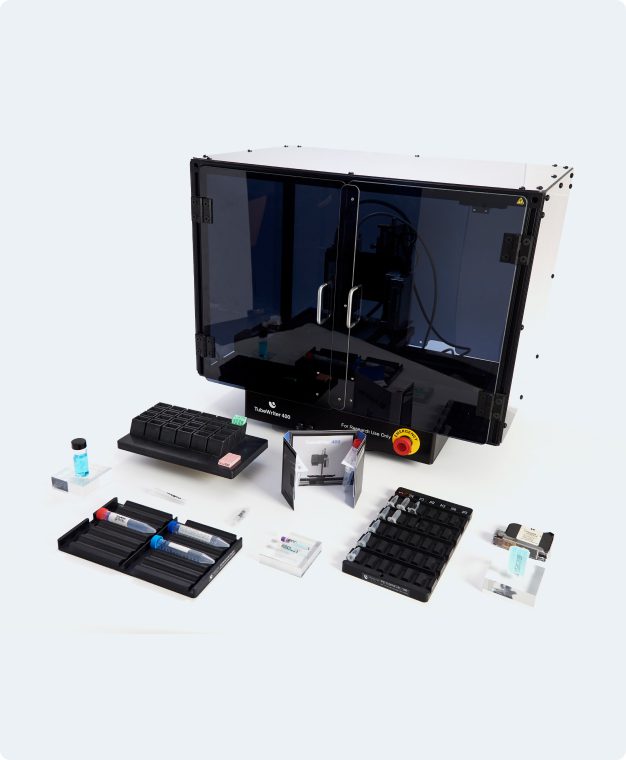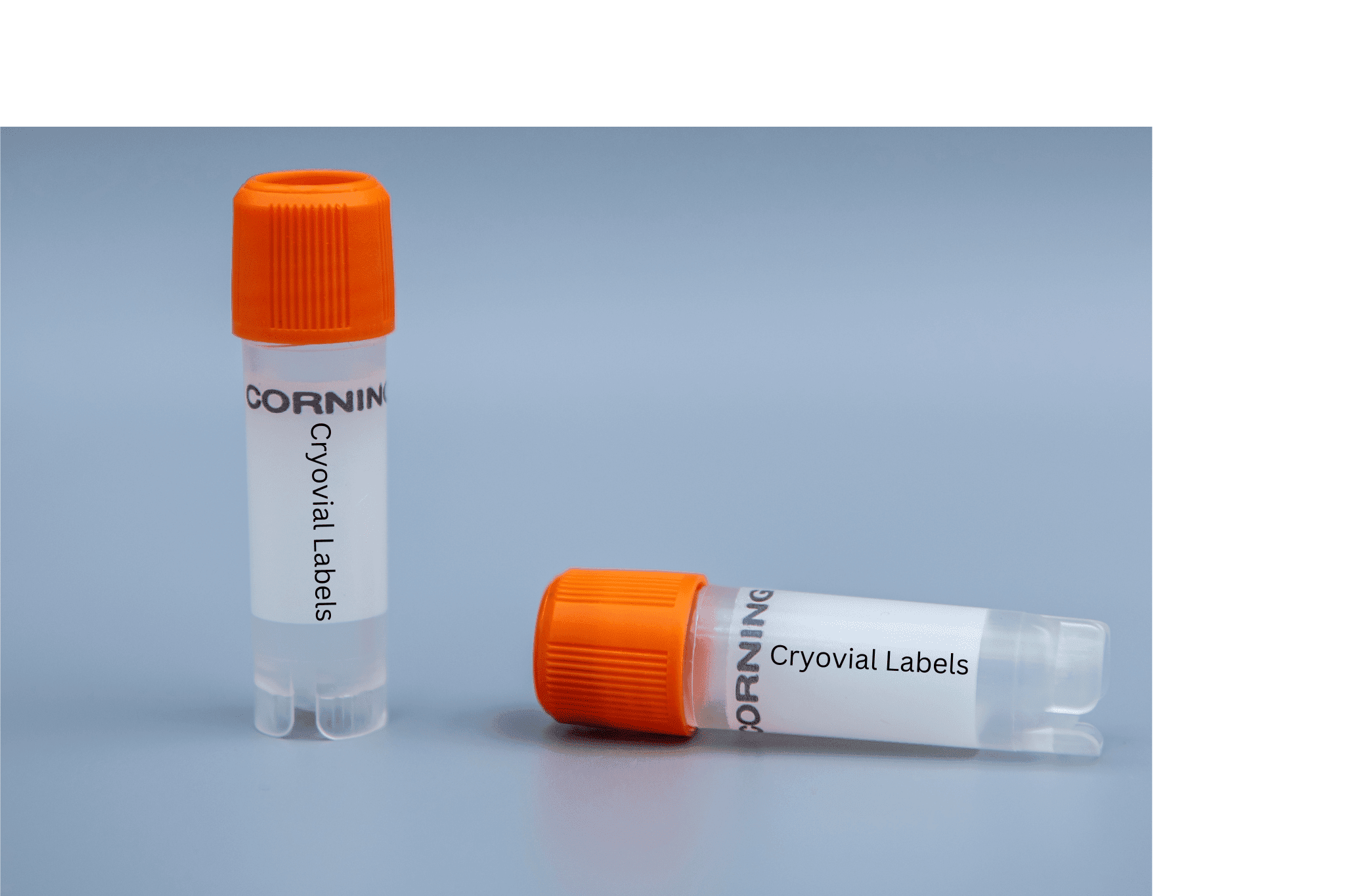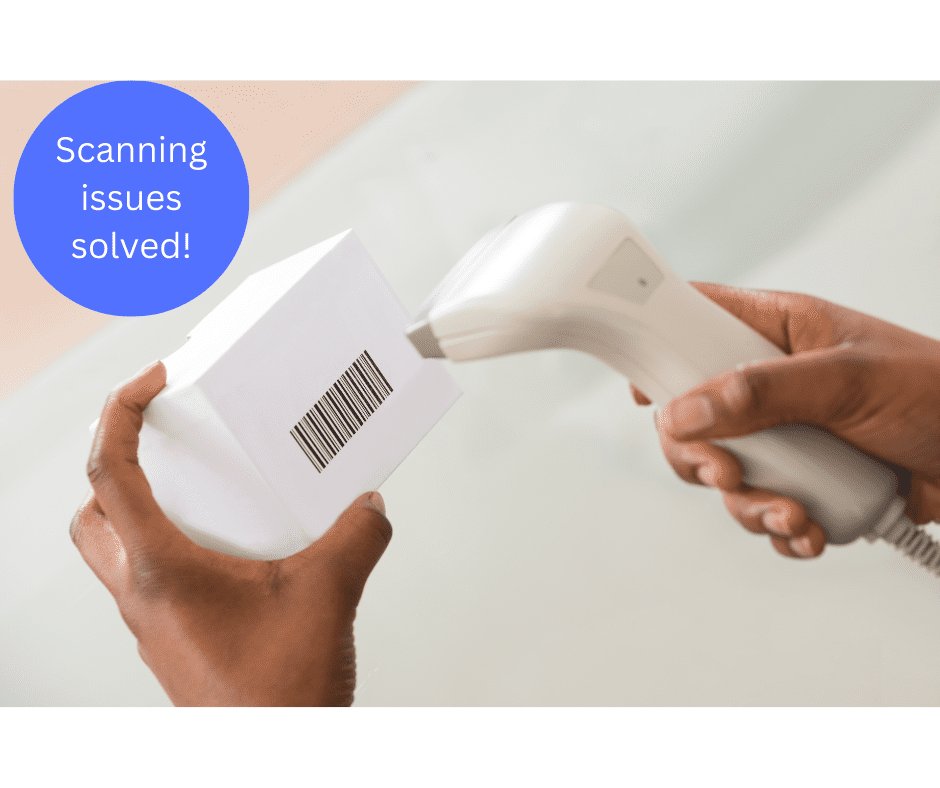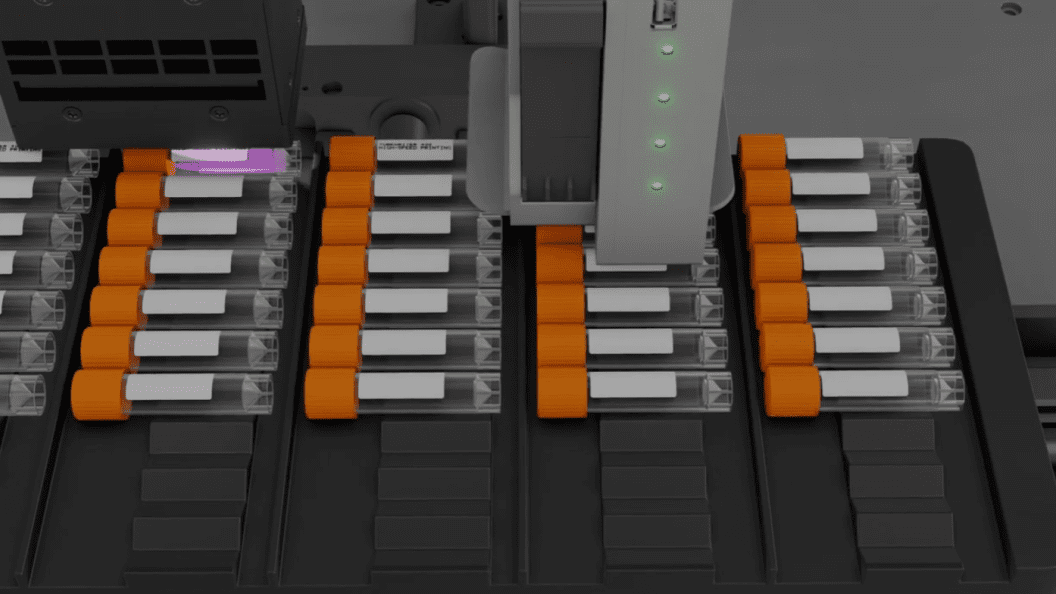If there’s one thing every laboratory needs, it’s efficient labeling. Even just one incorrect or missing label wastes valuable time, money and resources. While some items are fairly easy to label, others — like polymerase chain reaction (PCR) tubes — can be a pain. In this blog, we’ll go over the difficulties associated with PCR tubes and tube strips and how to effectively label them.
What Is PCR?
PCR, or molecular photocopying, is a life science research technique that involves taking a little bit of DNA and amplifying (or copying) it. This enables researchers to study DNA segments that are too small to examine on their own. Generally, PCR is the first step of genetic and molecular investigations. While the process is found in all markets, it’s most commonly used by biomedical researchers, forensic scientists and medical laboratory professionals. Most notably, it’s used for DNA and COVID-19 testing — most people underwent a “PCR test” at least once during 2020.
No matter what the DNA sample is, the PCR process is always the same. Using a thermal cycler, the sample is heated until the two-stranded DNA “denatures,” or separates, into two, single-stranded DNA pieces. Once the sample cools down, an enzyme known as “Tag polymerase” uses the DNA strands as templates to create new ones. This process may be repeated up to 40 times, leading to millions and even billions of DNA copies.
How Do You Label PCR Tubes?
PCR testing is fascinating. Those who have firsthand experience with it, however, know how much of a pain it can be. Most of the problems with PCR are related to the tubes used in testing. For starters, they’re extremely small. These PCR tubes are available as singles or in strips of eight or 12, are just 0.2 ml in size (even smaller than the similarly annoying microcentrifuge tubes).
The small surface area of PCR tubes is further limited by the heating and cooling technology. During this process, the thermal block located in the thermal cycler touches the tube’s cap and conical portion. This leaves just a tiny area that can be labeled.
While labeling PCR tubes might be frustrating, it’s extremely important that it’s done correctly. Many people rely on accurate PCR processes for DNA or COVID-19 testing results. Additionally, PCR tubes are often used to store other significant samples, such as DNA or fertility samples. So, how do you ensure these tiny tubes and tube strips get labeled correctly? That’s where direct printing comes in.
What Is Direct Printing?
Direct printing eliminates the burdensome chore of writing and applying labels by automating the entire system. Using technology like the TubeWriter, you can quickly print accurate specimen identifications directly onto the desired item. Here are a few top benefits of direct printing for PCR tube labeling.
Improved Efficiency
As mentioned earlier, PCR tubes don’t offer much room for labels — they’re so small, in fact, that there are no adhesive labels available for their size. If you want to apply an adhesive label, you’ll need to cut it to size first. Even if you trim a label down considerably, there’s a chance it will fall off and jam your system. Handwriting doesn’t offer much of a solution either; in addition to being small, PCR tubes are curved, which makes it difficult to write on the sides.
With direct labeling, you don’t have to worry about labels falling off or illegible handwriting on tricky surfaces. TubeWriter takes care of the labeling for you, consequently improving efficiency and saving you from a tedious task.
Better Sample Identification
Because adhesive labels are too large for PCR tubes, many people choose to write directly on the tube caps using markers or ultra-fine sharpies. Others skip labels altogether and simply color code tubes or label just one tube in a strip. Unfortunately, these methods aren’t the most dependable. Handwritten labels can smudge, while color coded tubes can easily get mixed up. Labeling just a single tube is also unreliable — if the non-labeled tubes ever get separated, it will be impossible to determine what the samples are.
Direct printing, on the other hand, makes it painless to label and identify every individual PCR tube in a strip. You can even print entire barcodes, making it much easier to pinpoint important samples.
Quicker Results
Labeling PCR tubes by hand isn’t just difficult — it’s also time-consuming. The process of individually writing or applying a label to every single tube takes time and resources that could be better spent elsewhere. Not to mention, it can interfere with results for real-time PCR testing.
By automating the process, direct printing enables you to get results faster. Technology like TubeWriter, for instance, can label up to 2,500 tubes in an hour and complete sample tube printing 80% faster than traditional methods.
Stronger Resistance
A common problem with handwritten or adhesive labels is melting. PCR tubes are more vulnerable to temperature changes due to the small surface area of the frozen sample. In other words, they’re quicker to melt once they’re removed from a frozen environment. This is great if you need to warm up a sample quickly. However, this might cause handwriting to smudge or adhesives to shift, causing the label to loosen.
Becuse PCR is a heating and cooling process, labels also have to withstand the extreme heat used to denature proteins. TubeWriter’s direct labeling on PCR tubes ensures that sample labels remain legible even though the process is hot enough to degrade adhesive labels, as well as liquid nitrogen exposure. Thus, you don’t have to worry about any labels melting off your PCR tubes from hot or cold exposure.
TubeWriter: Direct Printing for PCR Tube Labels
Are you struggling to label your PCR tubes? As the only machine that prints on individual PCR tubes and strips, TubeWriter offers a solution. Our unique industrial inkjet technology has been used by organizations across the world, from small research labs to large pharmaceutical companies. Whether you want to improve speed and sample identification or just overcome the difficulties of PCR tube labeling, we’re here to help.

